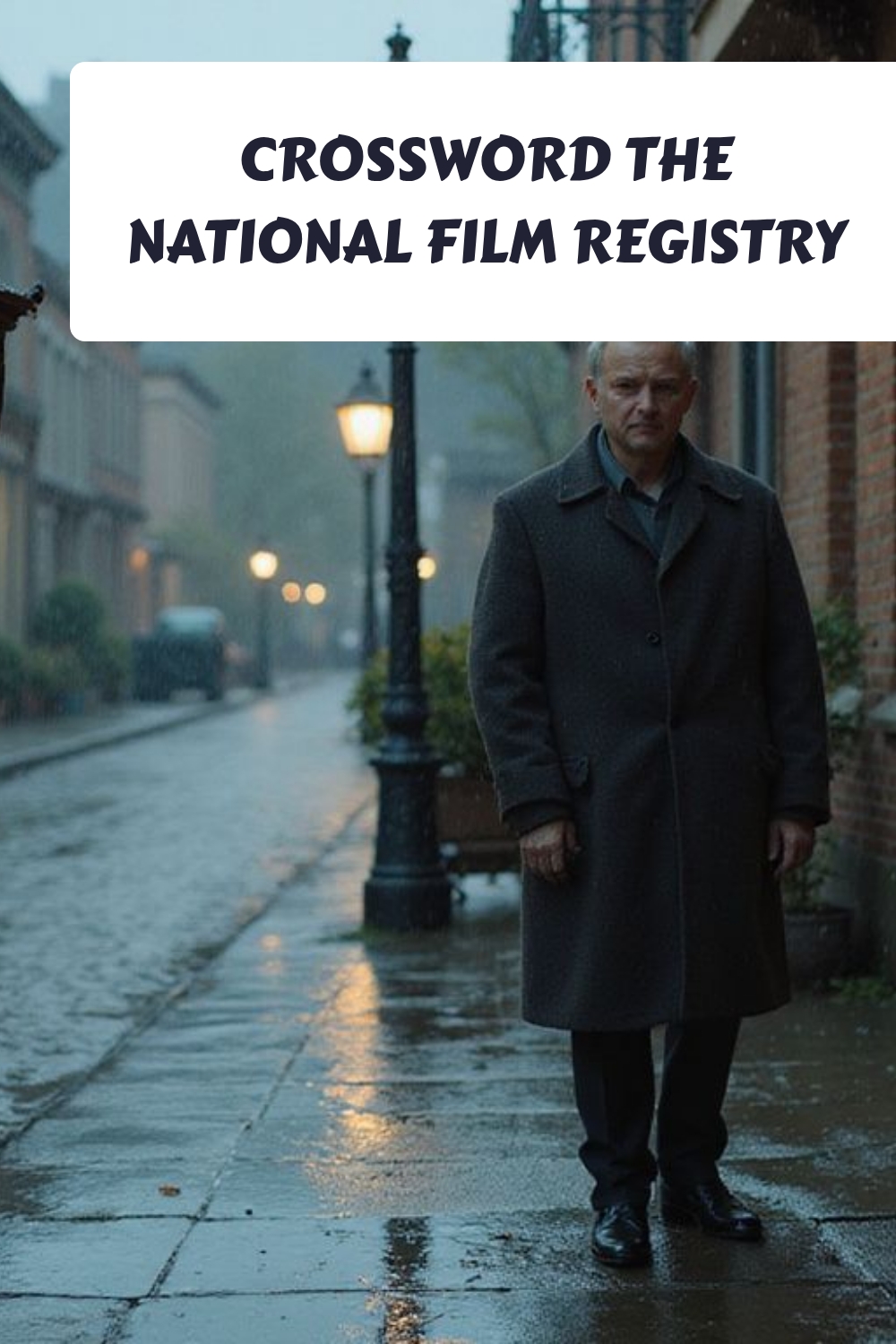How are films selected for inclusion in the National Film Registry?
Each year, up to 25 films are selected for inclusion in the National Film Registry. The process involves public nominations, with anyone able to suggest up to 50 films annually. These nominations are then reviewed by the National Film Preservation Board (NFPB), a group of film scholars, archivists, and industry professionals. The NFPB recommends films to the Librarian of Congress, who makes the final decision. To qualify, a film must be at least 10 years old and demonstrate cultural, historical, or aesthetic significance, regardless of its genre, length, or format. This broad criteria allows for a diverse range of films, from Hollywood blockbusters and independent features to documentaries, experimental films, newsreels, home movies, and even some television content.
What are the main criteria for a film to be considered “significant” by the National Film Registry?
The National Film Registry considers three core criteria for a film’s significance:
- Cultural Significance: This refers to films that reflect or influence broad aspects of society, cultural movements, trends, or values, and show an impact on public discourse or popular consciousness.
- Historical Significance: These films document, represent, or interpret important events, eras, or figures, offer insights into the evolution of filmmaking or societal change, or act as a historical record of people, places, or practices that define an era.
- Aesthetic Significance: This criterion highlights films that demonstrate artistic achievement, innovation, or distinctive style, advance cinematic techniques, storytelling, or visual presentation, or are regarded for artistic merit by critics, scholars, or audiences, potentially changing how films are made or viewed. The “at least 10 years old” rule ensures that a film’s lasting impact and relevance can be assessed with the benefit of hindsight, distinguishing true significance from fleeting popularity.
How has the National Film Registry approached the preservation of animated films?
As of 2022, the National Film Registry had inducted 51 animated productions, including shorts, films, and hybrid movies, accounting for six percent of its collection. This indicates a decent but improvable representation. Disney animation is well-represented, with 10 films, including all five Golden Age movies (like Snow White and the Seven Dwarfs and Pinocchio), and later successes like Cinderella and Sleeping Beauty. Pixar has two films, Toy Story and WALL-E, with Toy Story being notable as the only animated production inducted within the 10-year minimum due to its groundbreaking nature as the first computer-animated movie.
While the National Film Registry has also included films like Shrek, it generally avoids sequels. Short-form animation, including early works by Winsor McCay (Little Nemo, Gertie the Dinosaur), Disney shorts (Steamboat Willie, Three Little Pigs), UPA productions (Gerald McBoing-Boing), and a few Looney Tunes cartoons, also holds a significant place in the registry, often recognized for their cultural impact or historical importance in animation.
Why is film preservation so critical, given that film is a relatively young medium?
A significant portion of early cinema has been lost, with estimates suggesting that 50% of 20th-century films and 90-95% of silent films are gone, primarily due to the fragility of nitrate film, which was flammable and chemically unstable. This led to accidental fires in studios and destruction for silver content, as studios mistakenly deemed old films worthless. Additionally, improper storage caused deterioration of later film stocks. Preservation efforts now focus on transferring films to stable formats and storing them in climate-controlled environments to prevent further decay.
What is the difference between film preservation and film restoration?
Film preservation is the process of taking a particular film and moving it to a more stable format to ensure its long-term survival. For highly flammable nitrate film, this means transferring it to safety film stock. In the modern era, this also includes careful migration to new digital formats, though experts still advocate for film as a more stable long-term storage medium than current digital options. Preservation focuses on safeguarding the existing material from further deterioration.
Film restoration, on the other hand, is a larger project aimed at bringing a film back to its original “opening day quality.” This often involves extensive “archaeology” – digging through vaults to find the finest surviving elements (original negatives, prints, or fragments) from various sources. These pieces are then meticulously put back together, often using digital tools to clean up dirt, scratches, splice marks, and other artifacts.
The goal is to recreate the film as the director intended it to be seen, sometimes even restoring scenes that were cut or altered for initial release, as seen with All Quiet on the Western Front. Restoration is about aesthetic and historical accuracy, making the film look and sound as it did when first presented to audiences.
What are some examples of the diverse types of films found in the National Film Registry?
The National Film Registry’s selections reflect a broad commitment to representing America’s cinematic heritage across genres, formats, and themes. Beyond famous Hollywood blockbusters like Star Wars: Episode IV – A New Hope, The Godfather, and The Wizard of Oz, the registry includes:
- Independent and Experimental Films: Examples include Maya Deren’s experimental work Meshes of the Afternoon and the groundbreaking independent feature Will (1981), directed by black woman Jesse Maple.
- Documentaries: Common Threads: Stories from the Quilt, documenting the 1980s AIDS epidemic, and Why Man Creates, a self-explanatory 1968 documentary, are among those preserved.
- Home Movies and Historical Records: The Pruder film of the JFK assassination highlights the importance of preserving personal historical records.
- Early Cinema: Films from the dawn of cinema like Annabelle Serpentine Dance (1895) and early animation by Winsor McCay are recognized for their foundational role.
- Culturally Significant Works: Films addressing social issues, diverse perspectives, and cultural movements, such as To Kill a Mockingbird (racial injustice), 12 Years a Slave (slavery), and The Color Purple (racism, sexism, female empowerment). The registry demonstrates that significance isn’t solely tied to commercial success or genre, but to a film’s lasting impact and reflection of American life and art.
Why is it important for the public to nominate films for the National Film Registry?
Public nomination plays a vital role in the National Film Registry’s selection process. Anyone can recommend up to 50 films per year, ensuring a broad range of perspectives and preferences are considered. This democratic approach helps the NFPB and the Librarian of Congress identify films that resonate deeply with audiences and have a demonstrated impact on American society and culture.
This goes beyond what might be recognized solely by academics or industry professionals. It allows for films that have become cultural touchstones or influenced public discourse to be brought to the attention of the selection committee. By inviting public input, the registry stays connected to the evolving cultural value of films and reinforces the idea that cinema is a shared experience that shapes collective memory.


 Cart is empty
Cart is empty 

